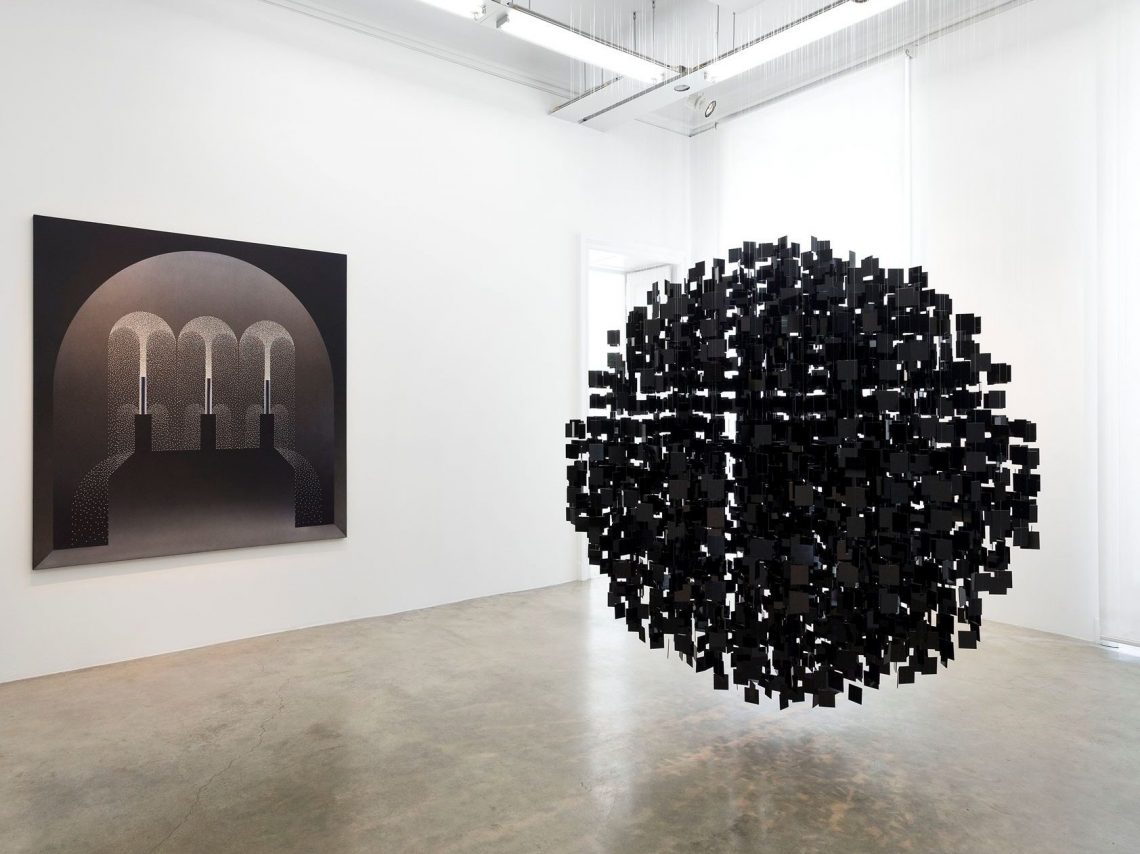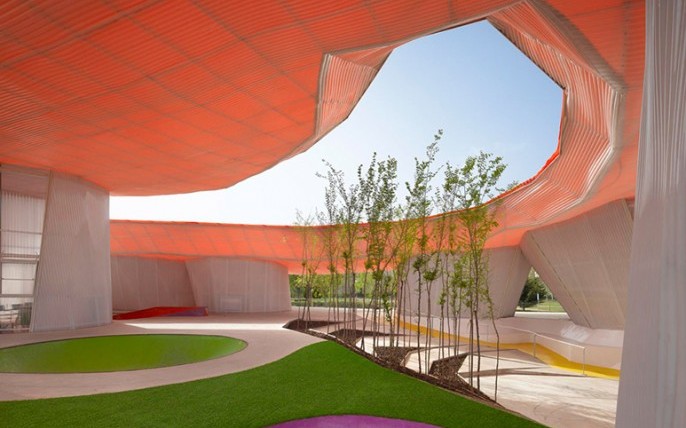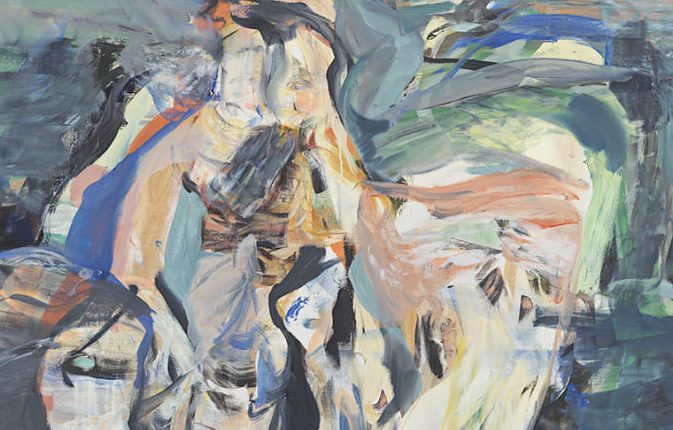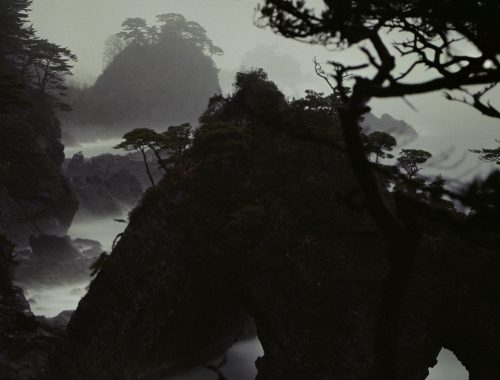
JULIO LE PARC – ARRAYS OF PATTERN AND VARIATION
Franco-Argentinian artist Julio Le Parc is widely celebrated for his bold large scale paintings, objects and installations. He has made outstanding contribution to the evolution of abstraction along with his crutial investigations into the field of painting.
Migrating deftly between painting and sculpture, Le Parc’s work has long pushed the historic imperatives of these ancient media, exploring plays of light, space, and perception in imaginatively ambient, energetic works that activate not only their own internal forms but also any space they enter.
Le Parc’s paintings echo his earlier kinetic statements, marking the desire to capture fleeting and ethereal patterns. Works like Continuel mobile en diagonal (2020) metabolise all that surrounds them, bending received light into captivating arrays of pattern and variation.
His works exemplify a dogged pursuit of a kind of optic translation, stewarding his career-defining themes seamlessly between static, kinetic, flat, and dimensional media.
Newly arrived in Paris in the late 1950s, Le Parc was in touch with artists like Victor Vasarely and pioneered what would become known as Op and Kinetic Art, tendencies invested in activating artworks and viewers in turn. Along with Horacio Garcia Rossi, Francisco Sobrino, François Morellet, Joël Stein, and Jean-Pierre Vasarely (Yvaral), Le Parc cofounded GRAV, or Groupe de Recherche d’Art Visuel (Research Art Group), a collective committed to pioneering opportunities for viewer interactivity in the visual arts.
Under the auspices of Le Parc and his peers, previously static media pursued a newfound state of continuous becoming. Painting and drawing capitalised on trompe l’oeil optical and spatial effects occasioned upon otherwise flat surfaces to manifest virtual spaces of architectural and cognitive complexity.
It was in 1959 that the artist began his research into colour theory and experimentation into the kinetic possibilities of painting. Led by a distinctly utopian ethos, Le Parc approached each work conceptually: first, the artist devised a set of logical parameters, and then he altered those ever-evolving parameters to create the illusion of movement within the confines of the canvas.
Initially, Le Parc limited himself to black and white, however in 1959 he developed fourteen colours, which make up a complete chromatic circle, allowing for endless permutations. As Le Parc describes, these creations allow ‘participation of the spectator without them depending on any specific knowledge of art history, physics or optics. Instead, they were exempted from all these requirements and could establish a relationship through their own eyes. Even if it was minimal, it was in a certain way direct, pure and without intermediaries.’
Le Parc’s sensuous, curvaceous colours began to echo the palette of the international counter-culture and student protests of the late 1960s, recalling Le Parc’s own temporary exile from France in 1968 and anticipating the iconography of later activist manifestations.
You May Also Like

EXPERIMENTS IN ARCHITECTURE _ WITH PRACTICE SELGAS CANO
23/08/2020
CECILY BROWN – NEW WORKS AT THOMAS DANE GALLERY
17/10/2020

